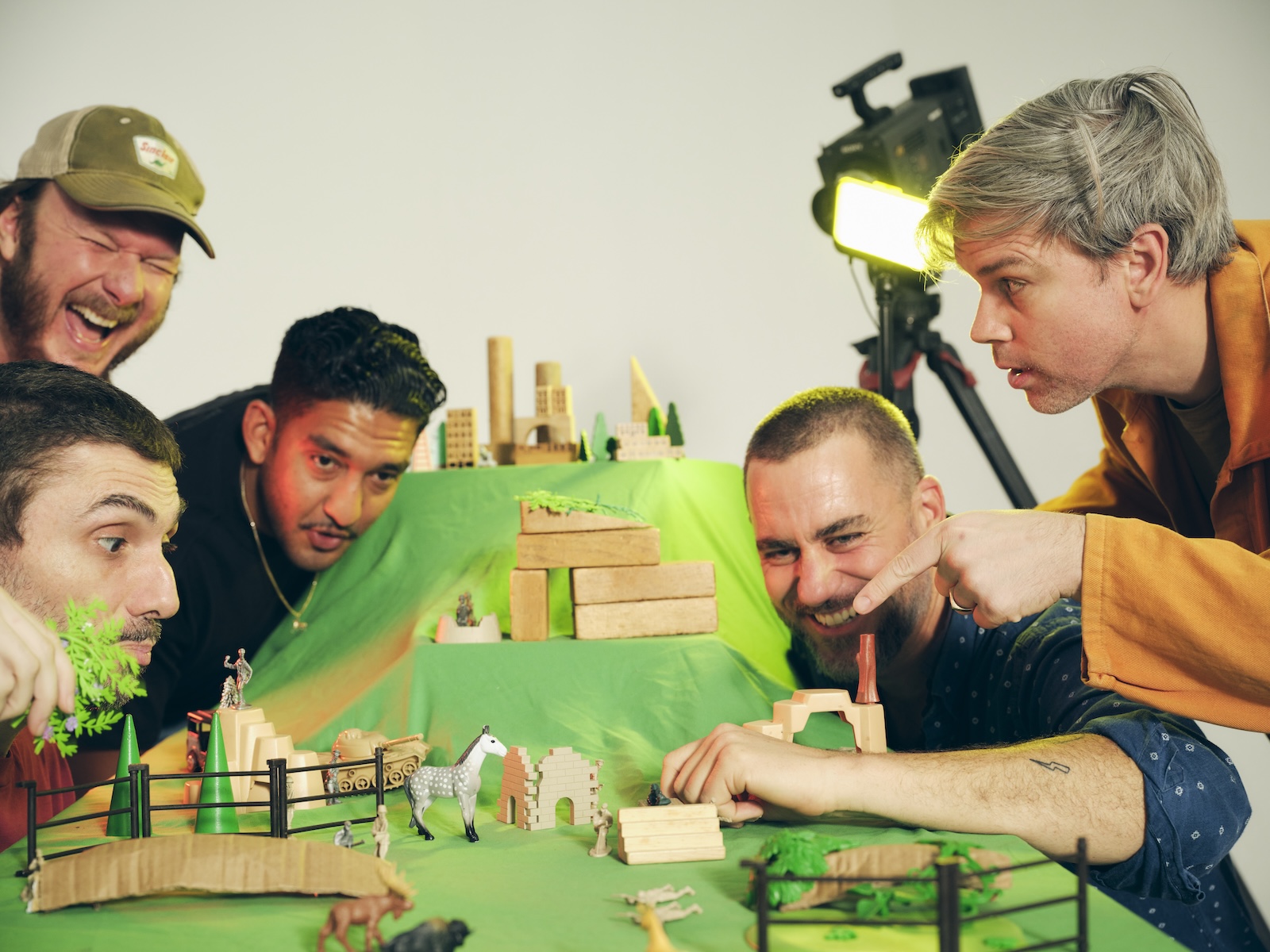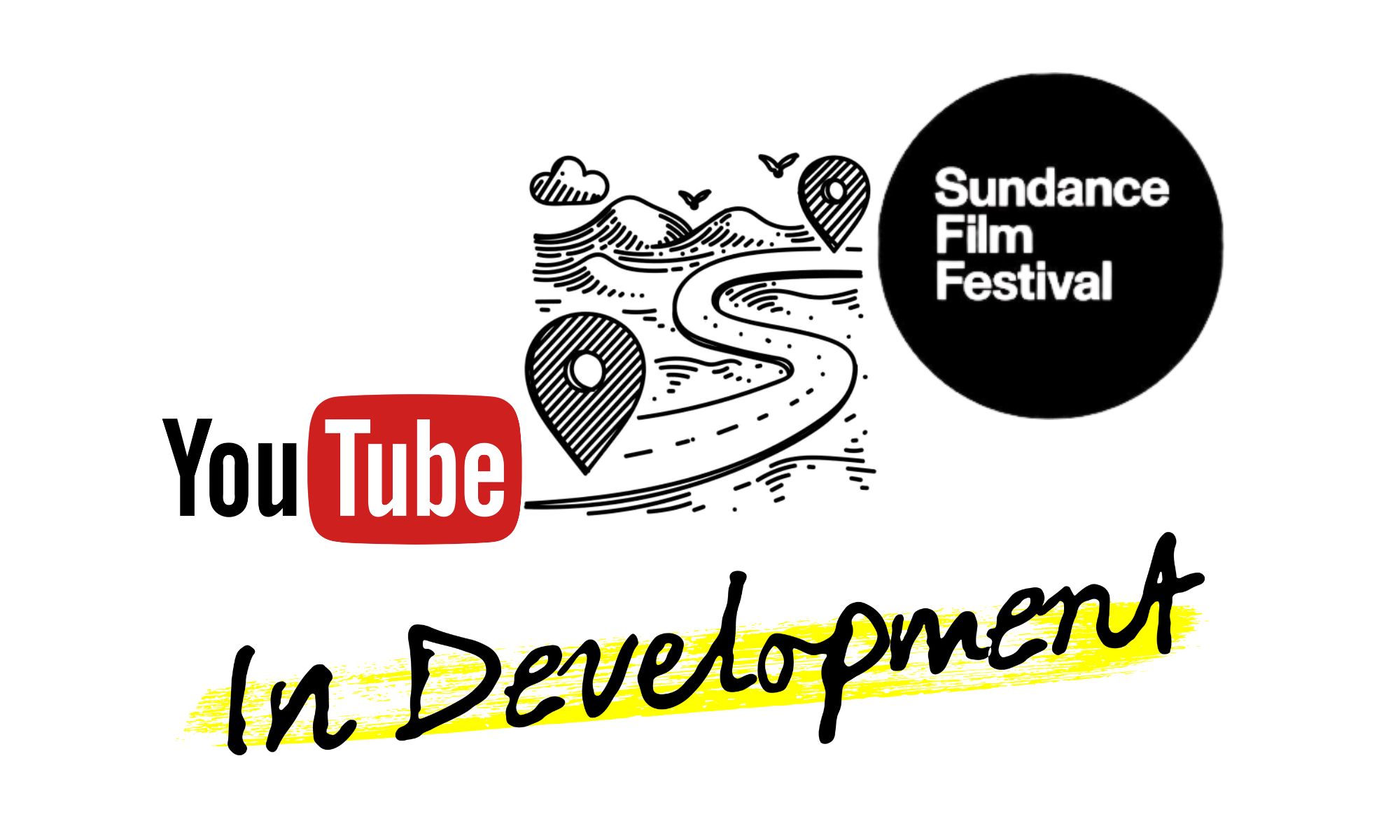Ed Ulbrich loved the days of the early ’90s and late ’80s, when visual effects meant sitting on set with filmmakers or in screening rooms in post-production, aiming laser pointers at screens and literally shaping the look of a film. But as CGI tentpoles dominate the industry — and he’s worked on a number of them, from “Black Panther” to “Top Gun: Maverick” to “Titanic” — a little bit of the fun has come out of it.
Suddenly, you have thousands of artists on four continents — many of whom will never even meet the director, let alone work beside them — working on a film’s VFX. It takes some of the personality out of the endeavor. And, as Ulbrich told IndieWire during a recent interview, his work became “factory work” and not what he “fell in love with.”
Ulbrich wanted something more hands-on, more personal, and something where he could solve creative problems through technology, and he’s finding it in an unexpected place: artificial intelligence.
Last week, Ulbrich was announced to have joined AI research company Moonvalley as Head of Strategic Growth & Partnerships. After holding senior roles at Metaphysic, Deluxe, and James Cameron’s Digital Domain, Ulbrich will now work alongside Moonvalley’s sister company Asteria, the AI studio co-founded by Natasha Lyonne, to not just advance the tech powering their model, but also to use it in real projects.
Moonvalley recently launched Marey, an AI model they say is the first — and only — clean AI model, one they say is trained only on licensed material from artists who have explicitly granted their consent. That for him was the X-factor, the combination of a seemingly ethical use of artificial intelligence with an independent film studio that wants to put advanced tools and workflows in the hands of filmmakers.
It convinced him, and he believes it will make other converts to AI, too.
“Just the people I know around the industry, there’s been a lot of apprehension, but there’s also a lot of people leaning in that are very curious and want to use this,” Ulbrich told IndieWire. “That idea of these things have been stolen from all of us, if you can eliminate that, suddenly you realize, OK, there’s something here. These are some powerful tools that are going to let us make things.”

Ulbrich’s days with AI date all the way back to “The Curious Case of Benjamin Button” and one of the first major instances of machine learning in film. On that movie, all of his focus was spent on Brad Pitt’s face, trying to develop a way to translate Pitt’s performance to his digital avatar. The de-aging process was so time-consuming and so costly that no one even thought to fear the implications.
But cut to Ulbrich’s work on “Here,” last year’s Robert Zemeckis film, starring Tom Hanks and Robin Wright as seen throughout their entire lives. Now the tech is capable of creating de-aged deep fakes in real time on the video playback monitor. But in all his work at Metaphysic on that film, the AI was fully licensed training data with consent from the actors.
It’s why, when he was approached by other tech companies to consult or to weigh in on tools like OpenAI’s Sora, it had been a “non-starter.”
“I can’t sell stolen pixels to a buyer. You’re dead in the water,” Ulbrich said. “It all sounds nice, there’s not anybody I know knowingly saying, hey, we’ll try it. Let’s experiment! Hell no. That’s not how this this works. Copyright matters.”
With Moonvalley and Asteria, he feels the company has “lightning in a bottle,” but it won’t mean much unless the tools behind it are great. Ulbrich said there might be great data scientists gifted with crafting the perfect prompts, but what it needs are intuitive designs and GUIs that will “de-mystify” AI for creative types to start turning the knobs and get something brilliant.

“I met some amazing people during this process, and they’re focusing on controls. That’s what I keep hearing, this theme of controls; that’s the magic, that’s what you want to hear, is demystifying this stuff,” he said. “I don’t need to understand data science; I’m a filmmaker. I now have tools that I can use. They’re either physical tools or digital tools that I can use to make things in a way that feels right. To me, that is where you start to see true innovation. And it’s so amazing to be at this point in this trajectory.”
Asteria CEO Bryn Mooser in a statement said Ulbrich is an “amazing asset” to the team and praised him being behind some of the biggest movies of the past 20 years: “He created the visual effects industry as we know it and is going to be integral in bringing it into the future with new tools and technology.”
Ulbrich knows that AI has the potential to replace countless jobs. His message to those concerned is simple: “Be concerned. But do something. Don’t do anything, you’re going to get replaced. It’s going to happen.”
But he also says that, just as we lived through a period of “CGI slop,” we’re in the same period with AI and the abundance of people using it. That too is going to change.
“There are filmmakers and people who would never get a shot, and this old system and the gatekeepers… this is a key agent of change that is going to ripple through the entire ecosystem with no doubt,” Ulbrich said. “What’s different about this then to digital, analog, to CGI, those types of things, is those things have moved at a more glacial pace. This is — buckle up — it’s fast.”



